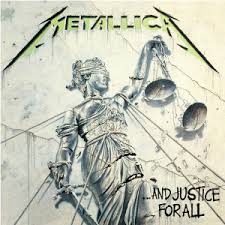Outline for Paradigm Shift Essay
Outline for Paradigm Shift Essay
Topic: Evolution of cigarette/cigar smoking/tobacco industry
- Commonplace of social smoking
Time frame:
- 1900-2016—start when smoking was socially acceptable and common and no one thought about its long term affects and travel through decades and explain the cultural transition from acceptable smoking to when it became a health concern to modern day where almost all forms of smoking are collectively looked at as socially unacceptable.
Those who are affected:
- All generations
- Started with older generations and trickled down to younger generations—over time reached broader number of generations because smoking was more widely promoted than it had been before so people of all different ages began to engage in smoking.
Characterize the ideology/worldview before:
- Smoking was seen as acceptable and social—was normal to take a smoke break or casually smoke while talking with friends, walking to school, sitting in meeting
- Large presence in culture—economically, socially, politically
- Eco—big companies dominated industry and acted as supporters/sponsors of other company’s/sports teams/etc.
- Soc—smoking was promoted in the media—celebrities did it; it was the classy societal norm
- Pol—even high ranking officials engaged in smoking
- **it was unusual for someone not to smoke
Characterize the ideology after:
- Now smoking for the most part can be classified as socially unacceptable based on scientific discoveries that prove smoking is detrimental to your health—at least if you are an avid smoker and smoke every day.
- Smoking now carries a negative connotation—when we see someone smoking we are confused to why they are harming their body
What markers can you point to as evidence of the shift?
- Change in social dynamic
- Presence in everyday culture
- Scientific discovers/medical conditions
- Negative social condition
- Campaigns to end smoking
- No longer as large of a market
- Not popularized the way it used to be—now more of a silent industry
What resistance is evident? Who is resisting this new ideology?
- People who unfortunately are addicted to smoking and cannot give up the habit
- Those that believe they will be the “lucky” ones and remain unaffected by the side effects of smoking
- Companies that make their fortunes off of selling cigarettes and cigars
- But is smoking entirely bad—what if one only smoked every so often, are the effects then as drastic as those felt by people who smoke every day?
Shift response to?
- A more knowledgeable society
- Developing healthier lifestyles
- Discovery of effects smoking has on body
- New knowledge about long term effects
Who or what was key in moving the shift forward?
- Scientists and those directly affected by smoking
- Groups/campaigns that spread awareness of about smoking’s effects
What conditions didn’t exist that came to exist that made the shift possible?
- New tech/medicine/research
- Laws about purchasing products
- Media took a different outlook on smoking once everyone learned that it caused more harm than good
- However, there are still companies out there that encourage smoking regardless of their knowledge that it is harmful to your body
Which of the conditions above played the greatest role in advancing the paradigm?
- Science=concrete, indisputable proof of effects of smoking
**Discuss evolution of tobacco industry—especially since it still thrives even though people look down on smoking
Structure of Paper
- Paragraphs revolve around decades or chunks of time
- Discuss progression of industry, social aspect, etc.
- Use commercials, posters, campaigns as visual aids

